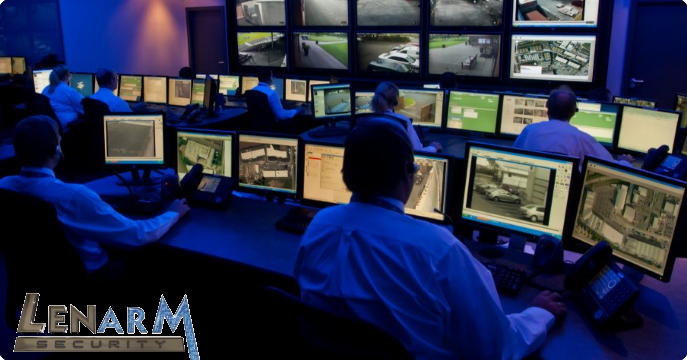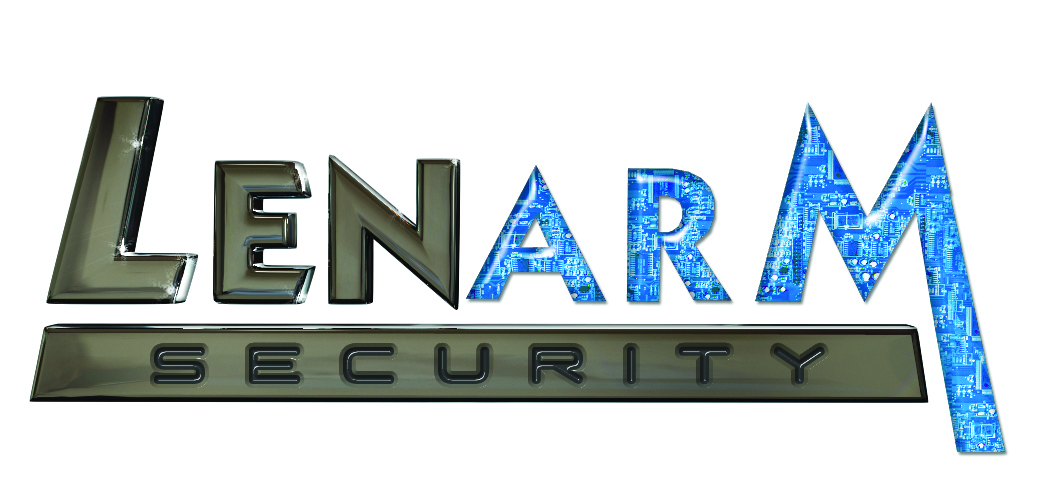The Systems
CCTV Systems fall into main three categories based on their video quality, Analogue, HD and IP. Analogue is the oldest of the technologies and still the most common, cameras range from 700 TVL to 1000 TVL resolution which is approximately 0.6 Mega Pixels. HD is an evolution of analogue it uses the same cable structure but different hardware and can achieve up to 1.3 Mega Pixels of resolution. IP is the newest form of CCTV it runs on a full IP computer network and can achieve images of 1.3 Mega Pixels up to 30 Mega Pixels resolution allowing detailed analysis of recorded images to be made.
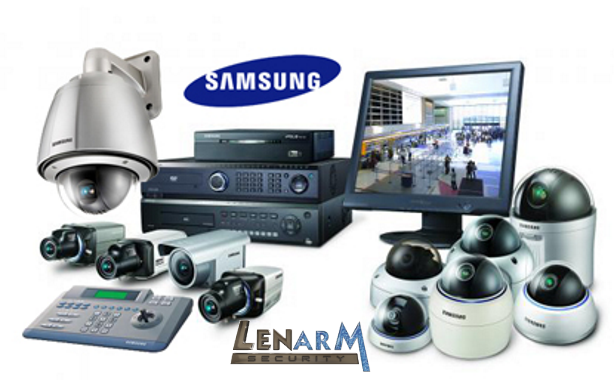
The Cameras
The camera is the eyes of the system, the better the camera the better quality the footage. Depending on the technology used different cameras suit different applications, dome cameras are used to secure entrances or internally where the camera needs to “blend in” to the building, bullet cameras are used externally to provide overt security over the perimeter of the building and PTZ (Pan Tilt Zoom) cameras are used internally or externally where a monitoring station or staff need to be able to move the camera to view real time events. All these cameras can be internal or external and come with IR (Infra Red) allowing them to see in the dark.
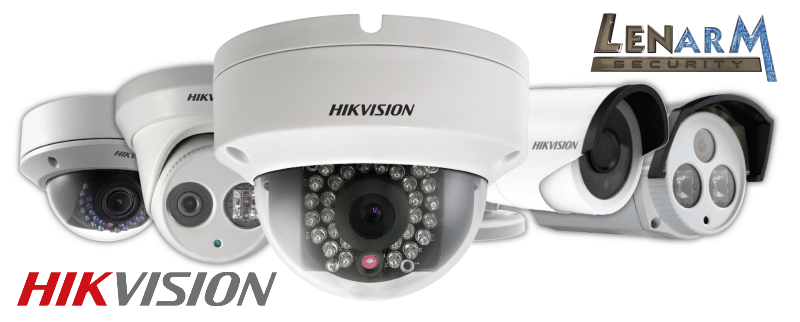
Recording/Analysis
The DVR (Digital Video Recorder) for Analogue or HD CCTV or the NVR (Network Video Recorder) for IP CCTV is the brains of the system. The DVR or NVR controls all the functionality of the system including the live view, PTZ control, the recording, the video analysis and if required any external viewing connections. The DVR/NVR comes in a range of formats from standalone to Server based machines with storage capabilities of 500GB to 100TB. The DVR/NVR can also be interconnected to Intruder, Fire or Access systems to provide a seamless security management system for your business.
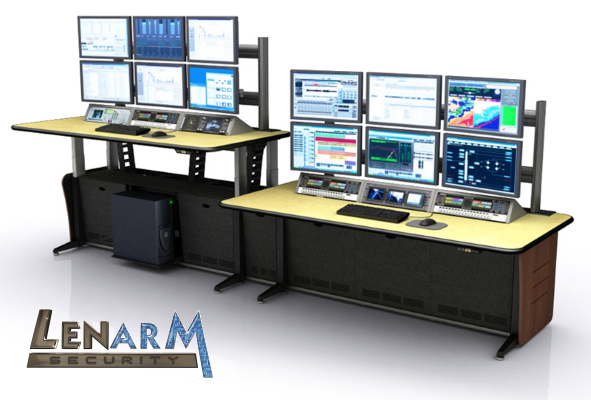
Connectivity
All CCTV systems can be connected locally via LAN or remotely WAN, the system can be accessed via PC, Laptop, Smartphone or Tablet. The DVR or NVR controls the remote connections using user names and passwords. If the site requires a system can be specified for connection to an ARC (Alarm Receiving Centre) in this case using video analytics’s or using external motion detectors the system when armed can transmit the footage to the ARC where a supervisor will assess the intrusion, login and view the live footage from the site and if need generate a warning to the intruders via the onsite speakers and also inform any key-holders and the Gardai.
